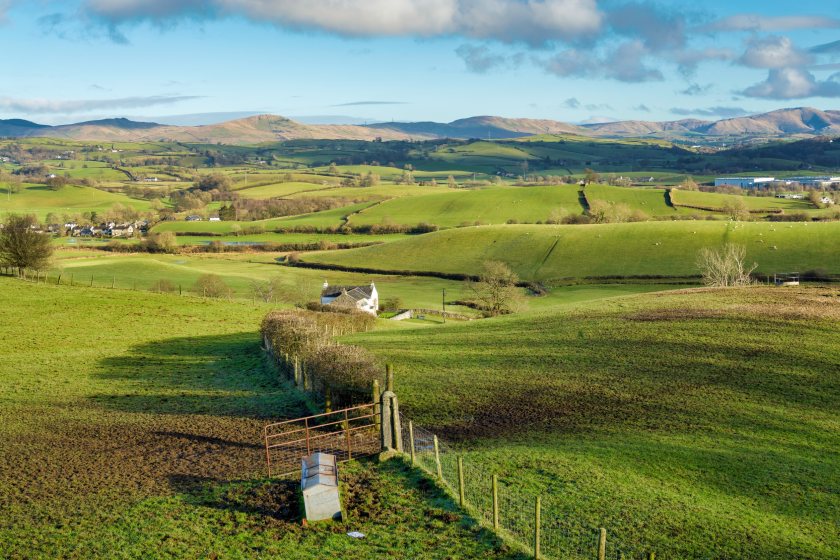
Around 75% of commercial family farms will be impacted by the government's new 20% inheritance tax proposals, the NFU has found in new analysis.
The government initially claimed that only 27% of farms would be affected by the plans, based on HMRC data on agricultural property relief (APR) claims in 2021-2022.
However, the industry believes the proportion of genuine commercial family farms across the country that would be affected is much higher.
It comes as concern continues to ramp up over the government's recent autumn budget, which contained the controversial farm inheritance tax proposals.
It means that from April 2026, agricultural property relief (APR) and business property relief (BPR) will be capped at £1 million in total per owner.
But the government’s initial claim that only 27% of farms would be affected 'materially underestimates the true proportion', the NFU suggested.
"We find that around 75% of commercial family farms will be above the £1m threshold," the NFU said following consultations with former Treasury and Office for Budget Responsibility economists.
The union said that there was a 'fundamental difference' between what constitutes a working farm and the number of APR claims.
A significant proportion of smaller holdings that are shielded from the measure are not commercial family farms, it explained.
In addition, APR claimants include landowner claims as well as owner occupier farmer claims.
As around 80% of new FBTs (Farm Business Tenancies) consist of bare farmland averaging 54 acres, the NFU said this suggests many of the sub-£1m claims may relate to landowner claims.
APR data from 2021-22, which is where the 27% estimate derives from, "is not a reliable representation of the prevailing conditions from April 2026 onwards".
The NFU said: "Land prices have grown rapidly since 2021, bringing more farms in scope of the measure, even if we assume that price growth subsequently slows.
"Around 40% of those claiming APR also claim BPR, so bringing claims under both reliefs within the same £1m threshold is much more restrictive than implied purely from the APR data.
"The fact that farms may have multiple owners does explain some of the difference between the government’s 27% and the higher proportion suggested by Defra’s data on the average net worth of farms, but this only goes a small way to explaining the gap."
The analysis also found that the majority of working farms that would be hit by the liability would not be protected by the ten-year payment window that the government proposed.
This is because the resulting payments would still be unmanageably large relative to the economic returns they earn.
"Put simply, the majority of farms don’t earn enough money to pay the potential inheritance tax bill without selling off some of their land or business, which in turn makes the farm business unviable," the NFU said.
